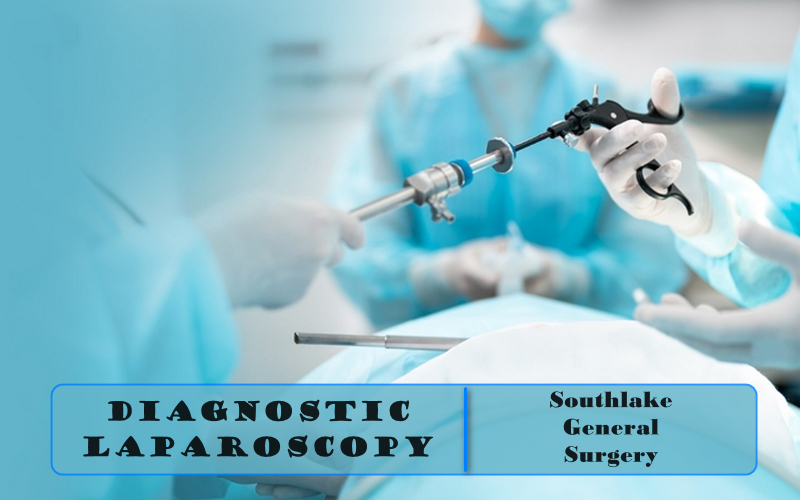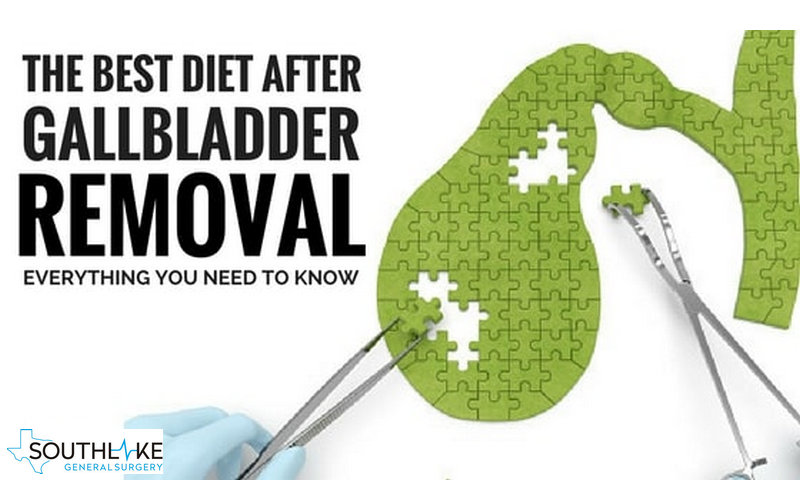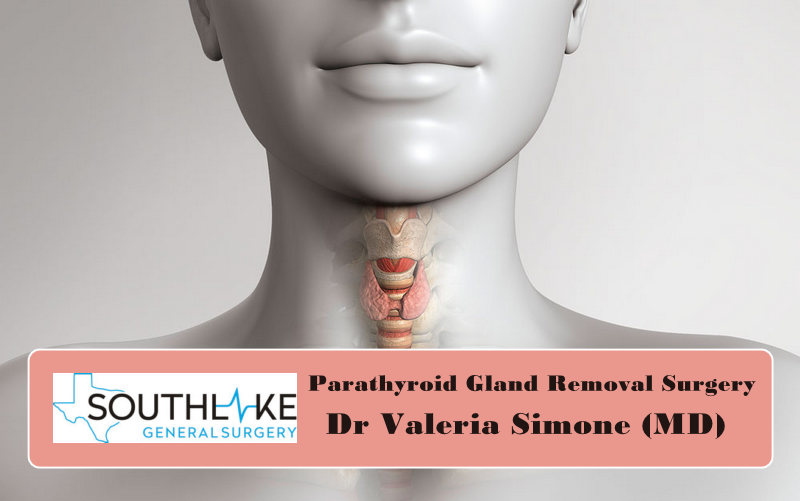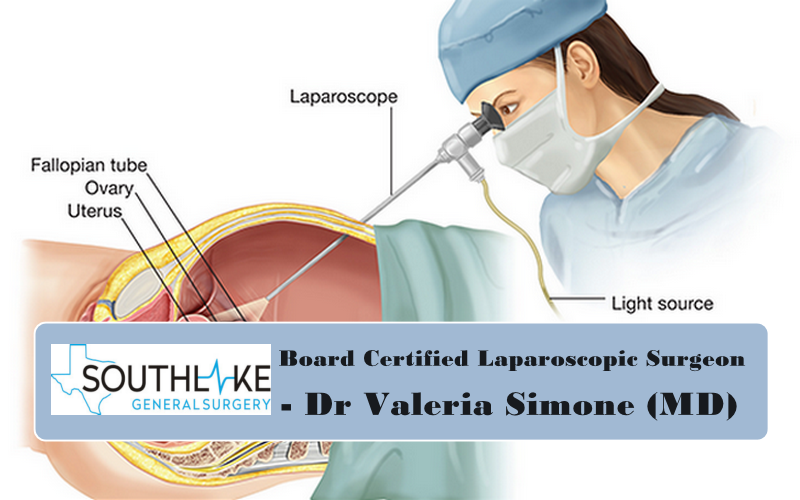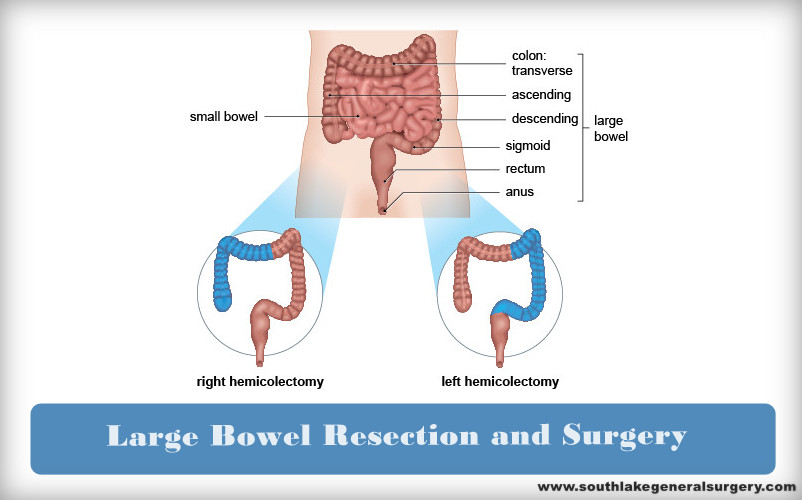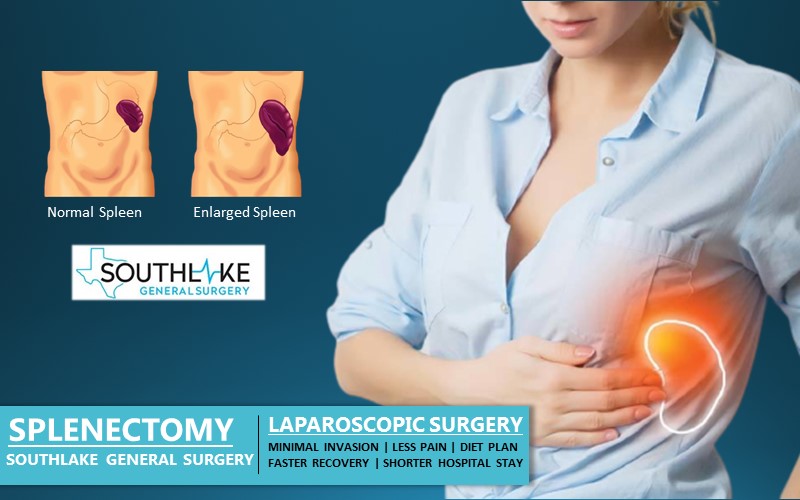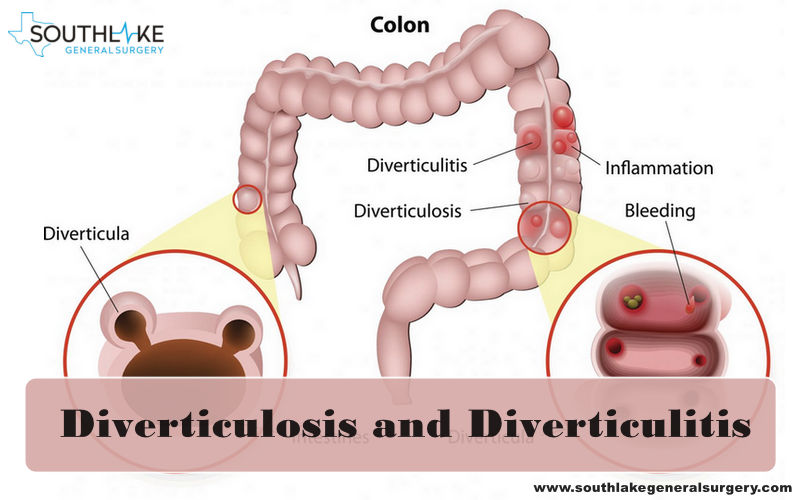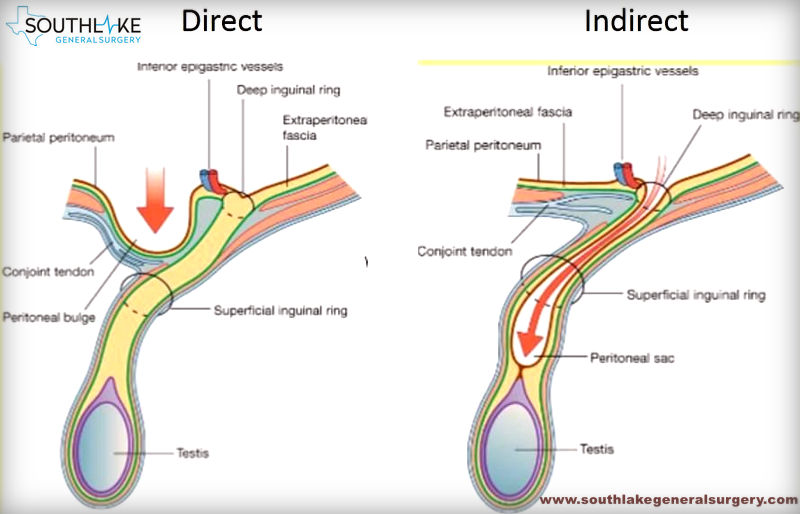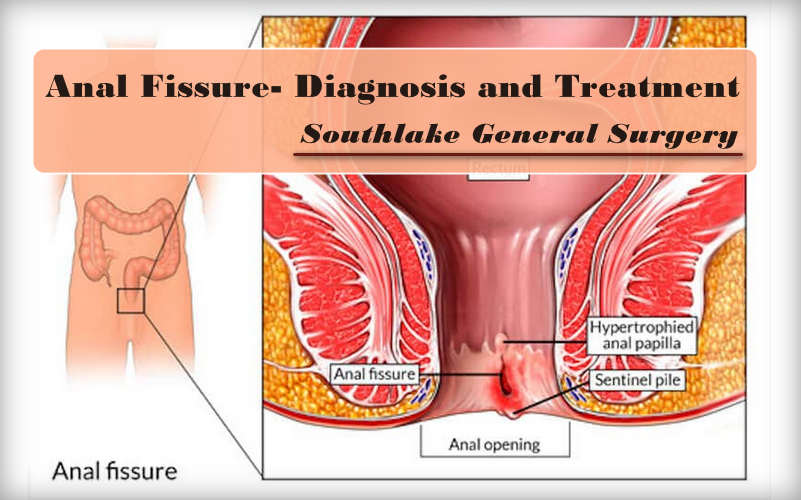Laparoscopy is a surgical procedure that uses the specialized surgical tools for operation. A General Surgeon uses a small cylindrical tube with a mini camera on top called a laparoscope that is inserted in the body through small incisions. This helps the surgeon to look inside your body on a monitor screen. This procedure is also known as Key-Hole surgery, which refers to minimally invasive surgical technique.
Read More →
The Gallbladder is a pear-formed organ that contains bile and this liquid helps digest food. In case the gallbladder stops functioning or causes inflammation, it develops gallstones which can be as little as a grain of rice or as large as a golf ball.
Read More →
Hernia repair surgery includes pushing the lump back to its place that should have a mesh to strengthen the weak region. A Hernia mainly happens when fatty tissues or an organ pushes through a weak section in the encompassing connective tissues or muscle wall.
Read More →
Combination of four separate pieces that are small and round known as parathyroid glands. These glands are located to the rear of the thyroid gland in neck. These glands are the portion of Endocrine system that creates and controls the body hormones that influences body growth, function and state of mind.
Read More →
She is Board Certified General Surgeon highly experienced in advanced laparoscopic surgery at Southlake General Surgery, Southlake, Texas. She has recently relocated to serve the North Texas Community after spending the last two decades training from being a chemical engineer to becoming a surgeon between Miami, Boston and New York.
Read More →
A large bowel resection procedure is also called a colectomy. The objective of this surgical procedure is to eliminate unhealthy parts of large bowel and reconnects the healthy parts or surgeon might remove all or part of bowel. The large bowel is also the large intestine or the colon.
Read More →
Small bowel is the other name for small intestine which is a very important organ in the human body. The organ can helps in transporting the waste products to the large intestine and absorb fluids and nutrients
Read More →
A splenectomy is a surgical procedure to remove the whole spleen, a sensitive, fist-sized organ that sits underneath the left rib cage close to the stomach. The spleen is a significant organ of the body’s immune system.
Read More →
Hyperthyroidism is a state of the thyroid. The thyroid is a tiny, shape like a butterfly gland situated at the front of the neck. It produces triiodothyronine (T3) and tetraiodothyronine (T4), which are two essential hormones that control how your cells use body energy.
Read More →
Diverticulitis
happens when small pockets in digestive tract, called as diverticula, get inflamed.
Diverticula frequently become inflamed once they become infected.
Read More →
A hernia happens when an organ or interior body part pushes
through the tissue that typically encompasses and protects it. A hernia can happen
in different areas in the abdomen.
Read More →
A small organ known as gallbladder located close to the liver
which stores bile, which is a fluid created in the liver. The gallbladder
discharges bile into the small bowel to assist with bringing down fats.
Read More →
An anal fissure is a little cut or tear in the lining of the rear-end (anus). The crack in the skin create serious pain and some bleeding during and post bowel movements.
Read More →
Thyroid disorders are normal. Indeed, about 12% of
individuals will encounter abnormal thyroid function eventually during their
lives.
Read More →
A large bowel resection is also called a colectomy. The objective of this surgical procedure is to eliminate ailing segments of your large bowel. The large bowel resection is also called the large intestine or the colon.
Read More →
Hernia symptoms, including pain, can differ depending on the
type of hernia you have. Typically, most hernias don’t initially include
symptoms, although sometimes the area around your hernia can be sensitive.
Read More →
